
Cryptoverse: Venture capital still haunted by crypto chaos
By Lisa Pauline Mattackal and Medha Singh For venture capitalists, the scars of bitcoin's disastrous 2022 run deep.
2023-09-05 13:28

Get over 1,000 hours of cybersecurity training for under £60
TL;DR: An InfoSec4TC Platinum Membership is on sale for £55.46, saving you 75% on list
2023-05-14 12:20
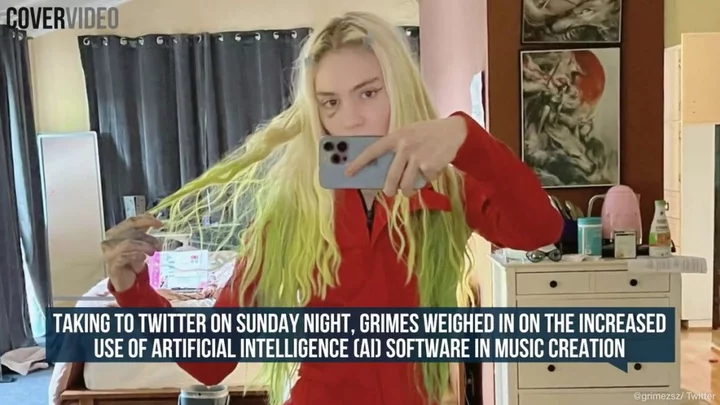
'AI popstar' Grimes signs letter claiming artificial intelligence 'poses extinction risk’
Grimes, who described herself as an "AI popstar" recently on social media, is reportedly one of the people to have signed a statement warning of its risks to humanity. The singer signed the message from Center For AI Safety (CAIS) delving into the potential dangers of AI, according to Ars Technica. OpenAI and DeepMind’s executives also signed the message, which read: “Mitigating the risk of extinction from AI should be a global priority alongside other societal-scale risks such as pandemics and nuclear war.” A CAIS press release also stated that it wanted to “put guardrails in place and set up institutions so that AI risks don’t catch us off guard.” Sign up to our free Indy100 weekly newsletter “We need to be having the conversations that nuclear scientists were having before the creation of the atomic bomb,” Dan Hendrycks, CAIS’ director, also said. Grimes has been vocal in her support for the use of AI among her fan base recently, even sharing a how-to guide that helps people use her voice to create AI songs. The singer, real name Claire Elise Boucher, offered fans a chance to not only create their own music but to earn 50/50 royalties by distributing it. Writing on the singer said: “Grimes is now open source and self replicating.” Her Twitter bio also currently reads: “Self-replicating A.I. Popstar for the Martian Ministry of Propaganda.” Have your say in our news democracy. Click the upvote icon at the top of the page to help raise this article through the indy100 rankings.
2023-06-01 04:51

Nintendo Embraces Passwordless Sign-Ins With Passkey Support
Nintendo just added support for passkeys. When you set one up on your account you’ll
2023-09-24 05:25
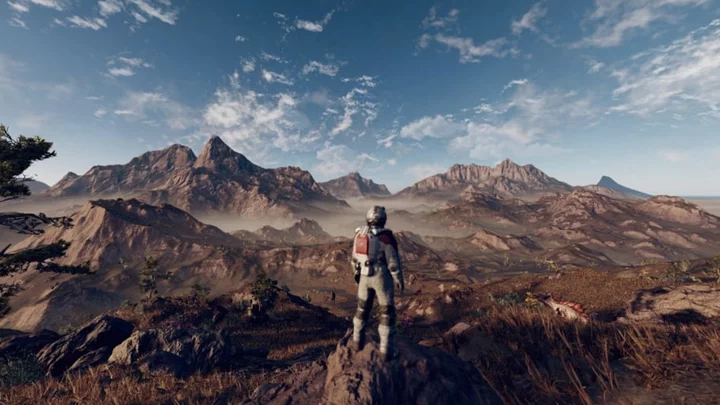
How to Wait in Starfield
Players can either wait or sleep to pass time in Starfield. Here's how to do both.
2023-09-23 03:17

Amazing/Weird Period Board Game Teaches Kids About Menstruation
Move around the board with just a quick spin of the ovaries.
2023-10-23 21:23
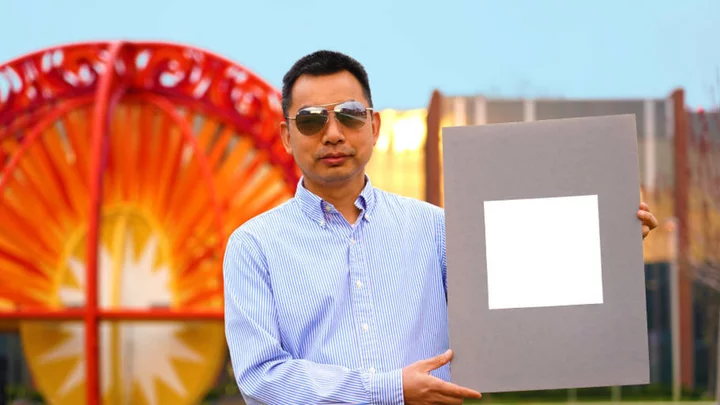
Scientists Have Created the Whitest Paint Ever—and It Might Help Cool the Planet
The ultra-white paint can block up to 98 percent of the sun's rays. Applied on roofs, it could have a dramatic cooling effect on homes and buildings.
2023-07-29 03:25

How to watch Indian Netflix for free
SAVE 85%: Private Internet Access can reliably unblock Indian Netflix. A two-year subscription to Private
2023-05-21 12:27

Crowdfunding platform Buy Me a Coffee removes far-right influencers and QAnon accounts
Buy Me a Coffee, an online crowdfunding service for creators, has immediately reacted to a
2023-05-16 06:29

China's JD.com posts higher third-quarter profit on easing supply chain woes
(Reuters) -JD.com on Wednesday reported quarterly revenue below estimates, but posted a surge in profit as supply chain challenges eased.
2023-11-15 17:57

Federal appeals court extends limits on Biden administration communications with social media companies to top US cybersecurity agency
A federal appeals court has expanded the scope of a ruling that limits the Biden administration's communications with social media companies, saying it now also applies to a top US cybersecurity agency.
2023-10-04 06:45
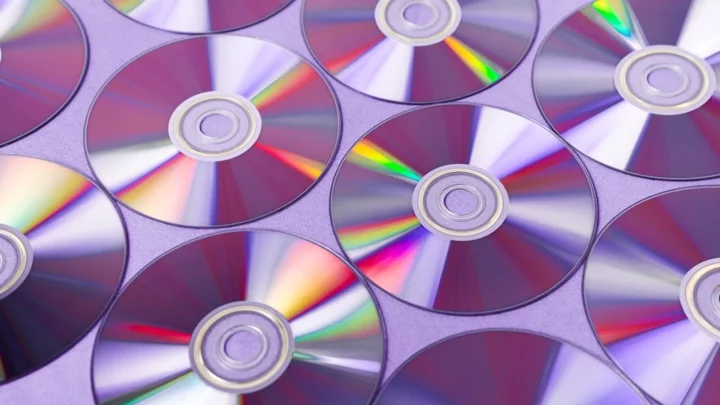
A lifetime license to MacX DVD Ripper Pro is on sale for under £25
TL;DR: A lifetime license to MacX DVD Ripper Pro is on sale for £23.33, saving
2023-07-30 12:19
You Might Like...
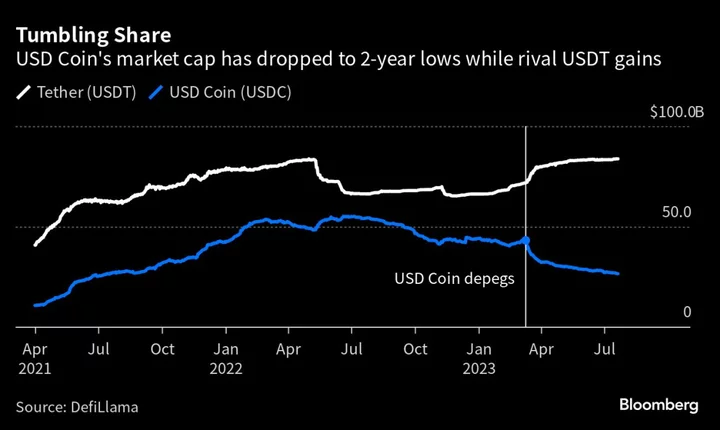
Shrinking Stablecoin Market Is Sending Mixed Signals on Crypto

Bitcoin Drops Below $27,000 as Market Liquidity Concerns Climb
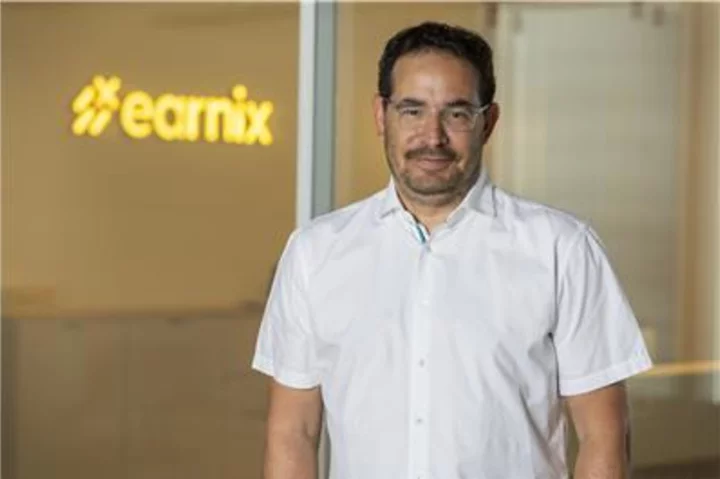
Earnix Appoints Erez Barak as Chief Technology Officer

“Which Side Are You On?”: How Florence Reece Gave Strikers a Theme Song

Talmix Announced as Digital Staffing Technology Market Leader in 2023 Ardent Partners Advisory

Xtremity Introduces All-New Proprietary Prosthetic Flexible Inner Socket: The XtremityTT™ FLEX

India's moon lander makes history as first to reach coveted south pole
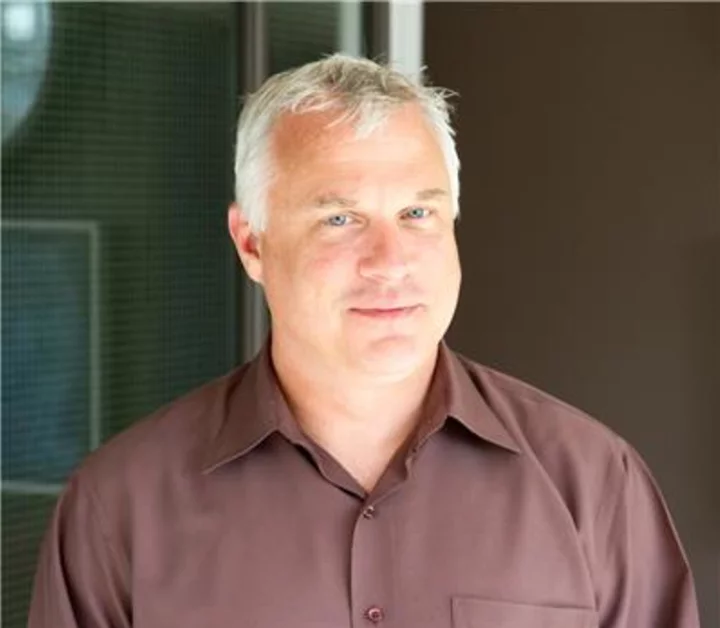
Sanborn hires Chris Ogier to lead its Mapping Division
